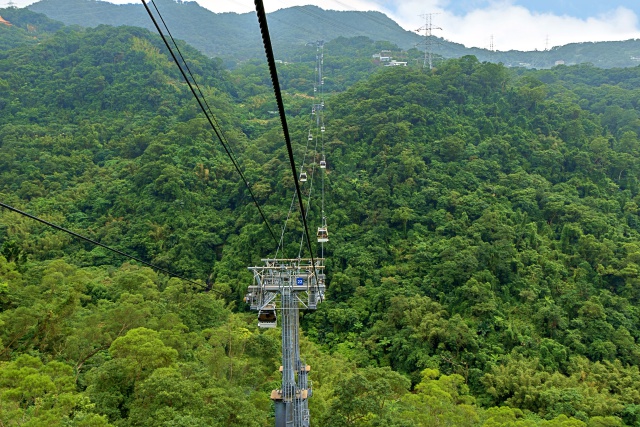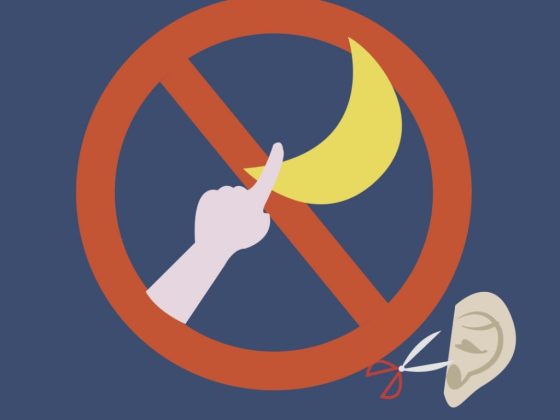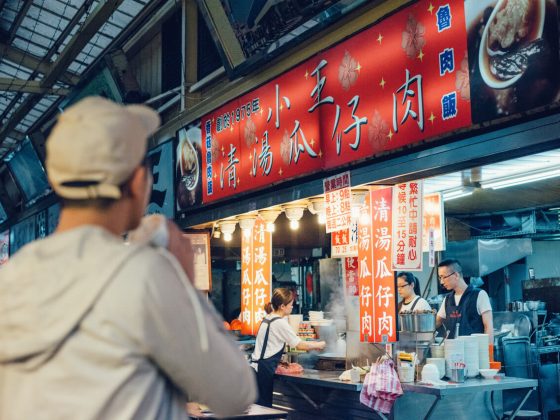Coffee is my day-to-day stimulant, but I love the tradition, history and ceremony of tea. Having been back in Taiwan for close to six months, it’s high time to make time for a full-day tea tour.
We meet our guide and tea expert David at the Maokong Gondola entrance, and within minutes we’re watching the jungle pass beneath us through the glass bottomed gondola. Exiting the cable car, the temperature is several degrees cooler than it had been in the city. We make a beeline to our first stop, a museum overlooking tea fields dedicated to Taiwan’s tea history.

Mrs. Szato, the wife of venerable Tea Master Chang (whose expertise dates back to the days of Japanese occupation) takes us on a tour, both of the museum, and of Taiwan’s own tea history. Especially telling are collected paraphernalia from a 1914 Japanese expo touting the quality of Japanese products. It advertises Formosa’s Finest from Taiwan, then a colonial possession, as the best tea in Japan.
Mrs. Szato brings us downstairs to where an earthenware pot boils gently over a single flame. Two sets of ornate cups await the group. One is for drinking, and the other for enjoying the tea’s fragrance. As Mrs. Szato explains their origins and preparation methods, we sample three different types of tea, including high mountain Oolong and a more delicate (and rare) white tea.
Bidding Mrs. Szato goodbye, we head out by van through the hills to a restaurant overlooking the tea fields and mountains of Maokong for a few delicious Taiwanese dishes, many of which are tea infused, fitting both the theme of the area and the tour itself.
After lunch, we leave Maokong and head deeper still into the tea growing regions located between Taipei and Yilan, driving on beautiful mountain roads passing by small tea fields until we reach a tea farm overlooking Feitsui Lake, one of the largest (and prettiest) in Taiwan. Standing amidst low-slung Camellia sinensis trees, David fills us in on a few of the nuts and bolts aspects of tea growth and harvesting as steam from the afternoon rain rises as mist from the hot road. We stop again to admire the view from a small roadside temple before heading to a bucolic former mining village for our second tea ceremony of the day.

Held in one of the village’s newer tea houses, the afternoon ceremony differs not just in that it features a different variety of teas, but also in that the tea master for this ceremony is a young woman who appears barely thirty. Despite its tea master’s youth, the second ceremony is more precise and exacting, more of a Japanese than Taiwanese style ceremony. There are several strains of Oolong, Oriental Beauty and a variety of traditional tea snacks including several types of dried fruit including one made specifically of pineapple core.
After the second ceremony, David brought the group out for the final leg of the tour, a stroll through the old town itself and along the sculpture filled riverbank. We returned to Taipei in the late afternoon well fed, educated on the finer points of tea culture, and mentally stimulated in the way that only the finest tea can provide.
Click here to learn more about My Taiwan Tour’s Tea Culture Tea Tour














